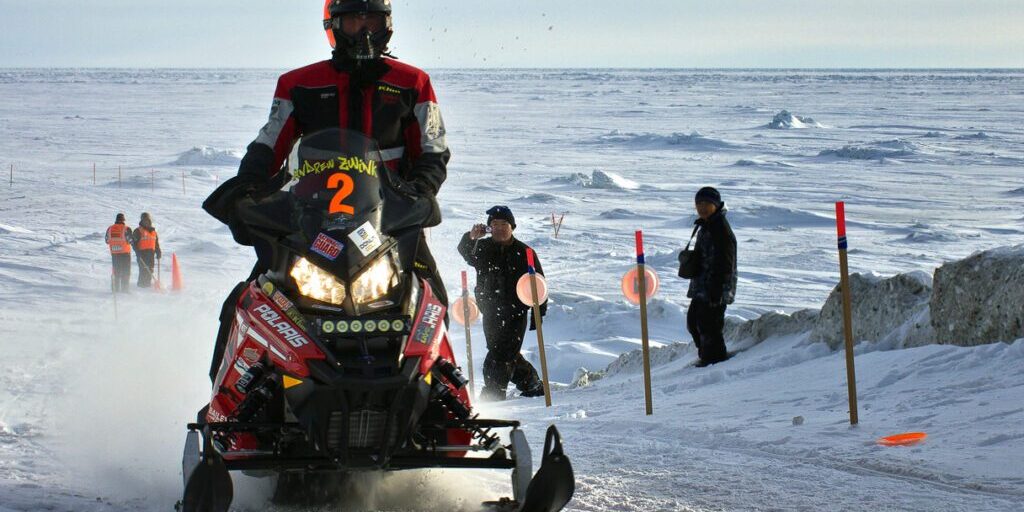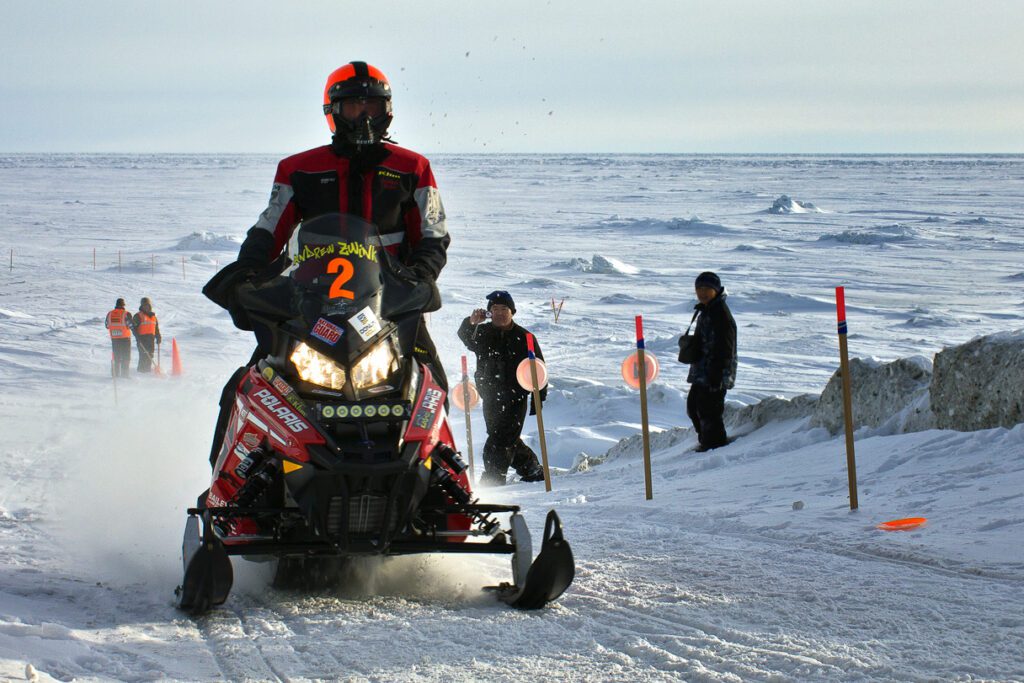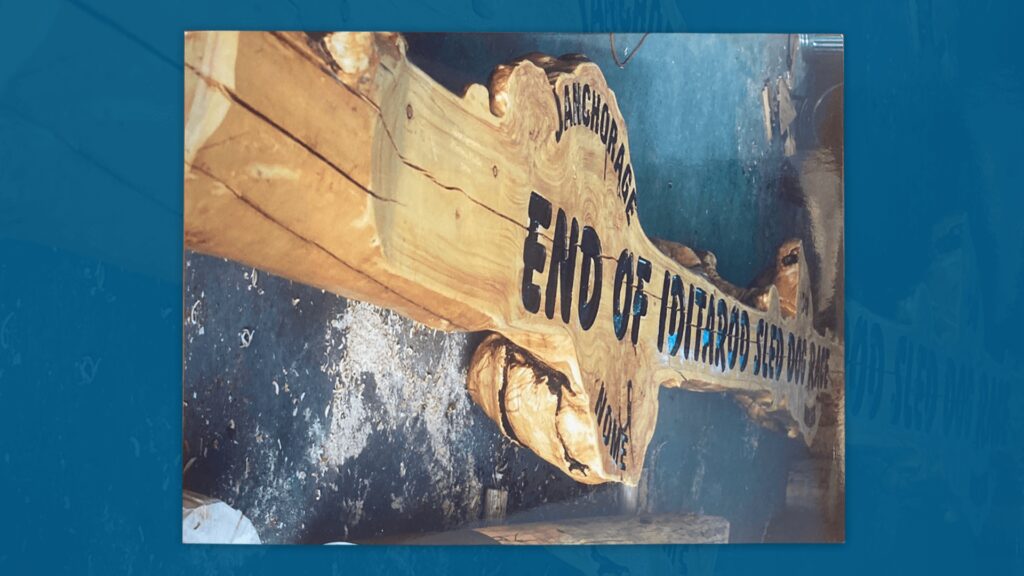Despite diminished sea ice within Norton Sound and Western Alaska, the world’s longest snowmachine race will continue to follow the traditional route, overall, for the 2019 race.
According to Sarah Miller, the events and media coordinator for the Iron Dog, none of the trail’s usual 26 checkpoints, not including start and finish, are expected to change, but the route between checkpoints may be altered. The alterations will not be confirmed until later this weekend, after Iron Dog’s final trail report has been compiled based on local and regional observations from residents and race staff.
Iron Dog announced in January that the 2019 pro class race start was moved to Deshka Landing due to slushy trail conditions in the area. However, the trail class left this morning at 10am from the traditional race starting point in Big Lake. Racers follow stretches of the Historic Iditarod Trail leading to Nome, the halfway mark of the 2,000 mile snowmachine race, just like the pro class does, but at a less competitive pace.
According to 2019 race rules, every pro class team will be required to take at least three layovers of eight hours each on the Northbound trail, with a flexible six hours for a total of 30. One of those must be taken in Nikolai or McGrath, another along the Yukon: Ruby, Galena, or Kaltag, and the final layover in Unalakleet, Koyuk, or White Mountain.
The Southbound trail has similar requirements, but a minimum two layovers of ten hours each with a flexible eight-hour layover to equal 28 total.
24 two-person teams, including many Nome grown racers, are set to begin the 2019 Iron Dog pro class at 10am on Sunday in Deshka Landing. The halfway banquet is scheduled for Wednesday (Feb. 20) at the Nome Mini Convention Center.
Image at top: Iron Dog racers coming into Nome during the 2014 race. File photo: David Dodman, KNOM.







